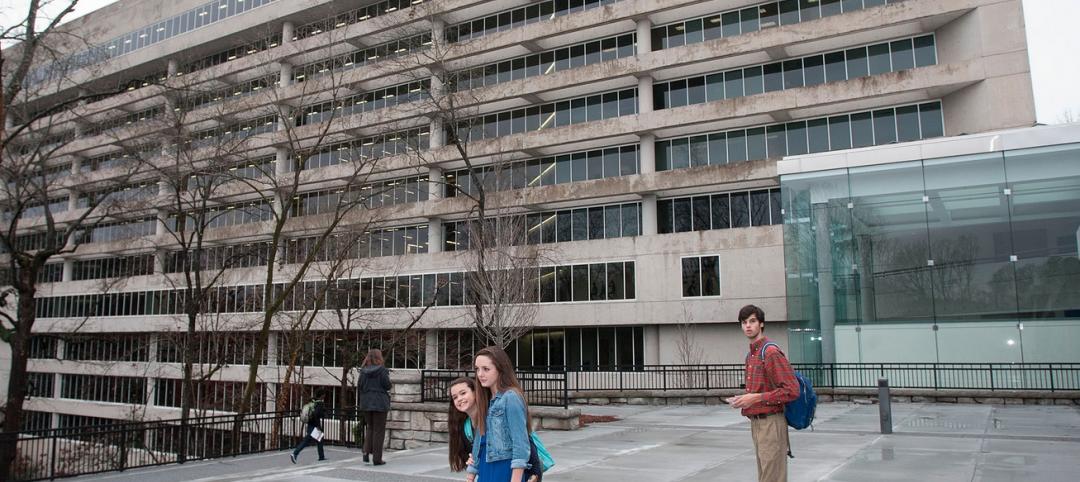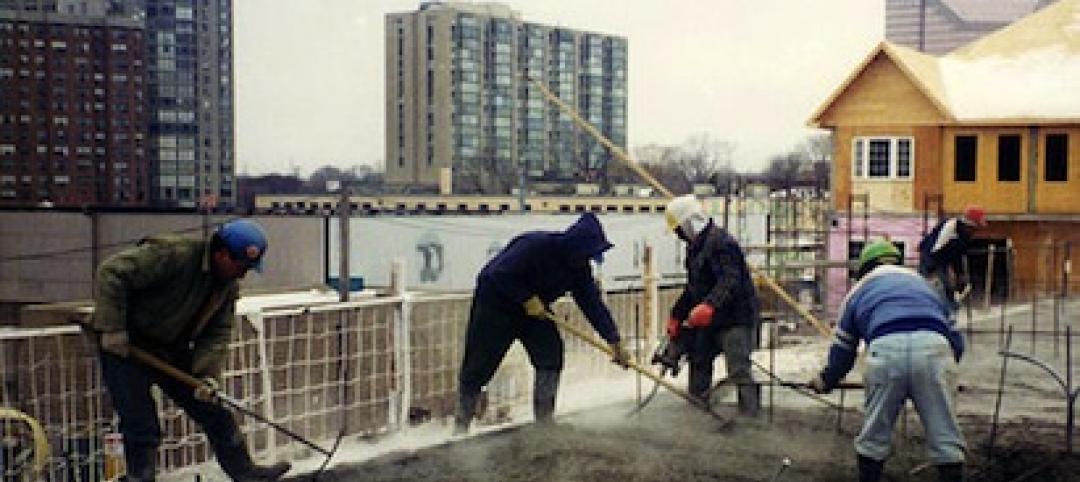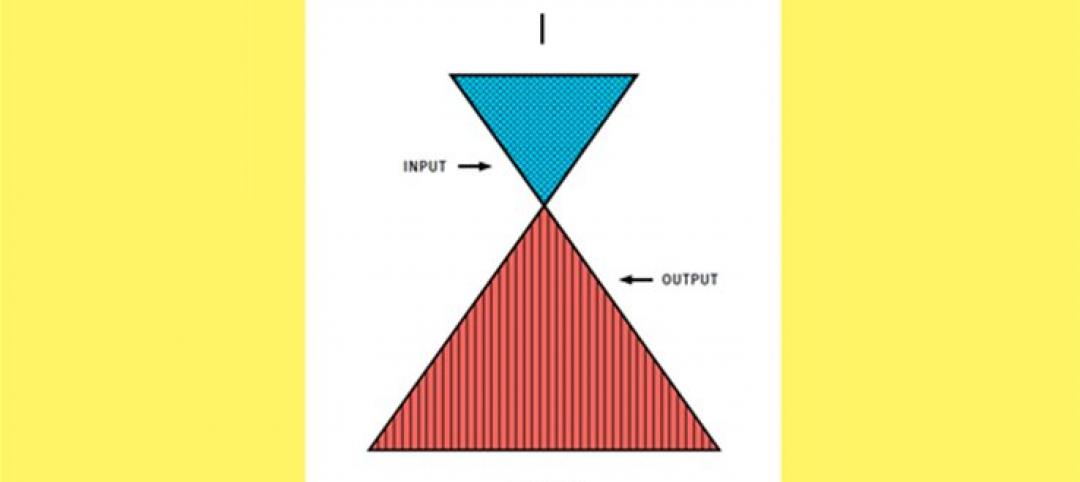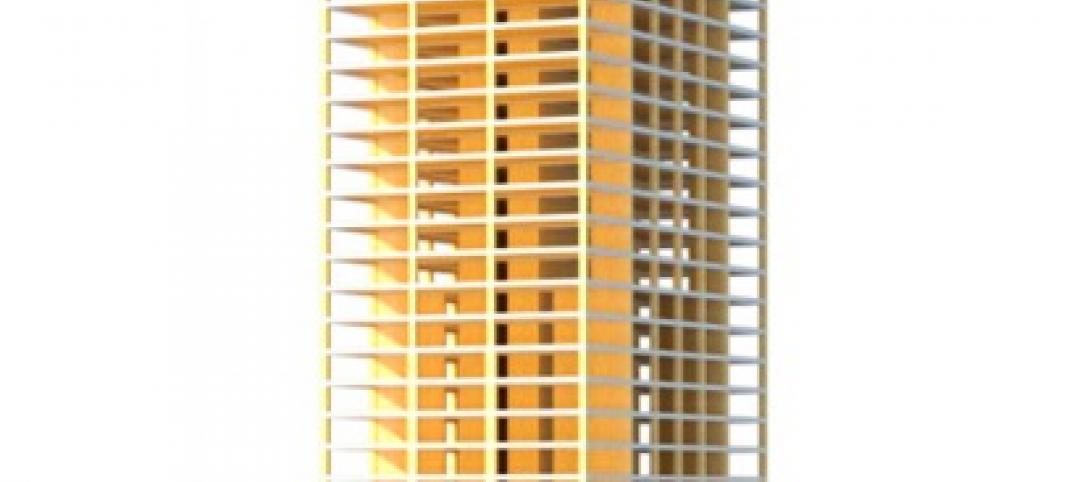NUDURA ICF has demonstrated its versatility and sustainability in the building of this Gothic style church. St. Peter's Anglican Church in Tallahassee, Florida which was completed in June 2014 in only 20 months at a cost of $9.2 million.
The challenge was to mirror the style of a historic place of worship while using modern technologies which comply with today's codes of practice. The 35,369 sq. ft. cathedral-sized church is based upon a traditional crucifix floor plan and is laid out on an East-West axis with arched doors and windows as is traditional for Anglican churches.
The project is the most complex use of ICF walls in and around the region. The complexity created by intersecting ICF wall thickness, arched openings, and the height of the unsupported gables pushed the limits of this type of construction. ICF lent itself to the project by solving structural, thermal, and acoustical concerns with one product. NUDURA was the most economical system that met all of the specified criteria. Approximately 87% of exterior walls and 15% of interior walls are built using ICF.
St. Peter's was constructed with NUDURA's reinforced ICF walls with rebar and 2-way concrete slabs floors to emulate its English origins in style, the exterior is finished in cast stone and rock cast stone veneer. ICF was chosen as the alternative to block construction for three reasons. The walls are slimmer, no additional acoustical is required and its thermal properties reduce the size of mechanical equipment. Energy consumption for August 2014 was 82,368 kWh.
Built using all the skills of a latter-day master craftsman equipped with today's technologies, the tall gable ends (68 feet at the apex) were fashioned by using ICF blocks with 10” cores (8” cores were used in most other areas). By using cavity closers for the arched openings, the curves could be built in the workshop. The cavity closer was then used as the template to cut the foam blocks. The larger openings were reinforced with plywood below to make sure the curves didn't buckle when the concrete cores were poured.
The water table of the site is fairly close to the surface. The church was built into a hill with almost 12 feet of fall from the west to the east. By installing the north and south foundations in a tiered fashion, below ground waterproofing was minimized. Despite the need for additional air exchanges due to the type of occupancy and tightness of the building, the overall cooling system was reduced by one third in comparison to the requirements of conventional construction. The church utilizes two smaller air conditioning units (one second hand) set up in parallel so that both are only in use when the structure is fully occupied.
The church received a merit award from the AIA Tallahassee in December 2013 saying; “There is a wealth of historic facilities to draw from and this project does it masterfully. The building truly captures the spirit of what a church of this denomination should feel like. The architect's use of scale, proportion and rhythm is exemplary.”
NUDURA Inc.
27 Hooper Rd, Unit 10
Barrie, ON L4N 9S3
866-468-6299
info@nudura.com
www.nudura.com
Related Stories
| Feb 5, 2014
Extreme conversion: Atlanta turns high-rise office building into high school
Formerly occupied by IBM, the 11-story Lakeside building is the new home for North Atlanta High School.
| Feb 5, 2014
7 towers that define the 'skinny skyscraper' boom [slideshow]
Recent advancements in structural design, combined with the loosening of density and zoning requirements, has opened the door for the so-called "superslim skyscraper."
| Jan 28, 2014
2014 predictions for skyscraper construction: More twisting towers, mega-tall projects, and 'superslim' designs
Experts from the Council on Tall Buildings and Urban Habitat release their 2014 construction forecast for the worldwide high-rise industry.
| Jan 24, 2014
Structural concrete requirements under revision: ACI 318 standard
The American Concrete Institute (ACI), an organization whose mission is to develop and disseminate consensus-based knowledge on concrete and its uses, is finalizing a completely reorganized ACI 318-14: Building Code Requirements for Structural Concrete.
| Jan 7, 2014
Concrete solutions: 9 innovations for a construction essential
BD+C editors offer a roundup of new products and case studies that represent the latest breakthroughs in concrete technology.
| Dec 12, 2013
Book announcement: The economic performance of sustainable construction
Thirty specialists from around the world challenge the question of (higher) costs related to sustainability of the built environment
| Dec 10, 2013
16 great solutions for architects, engineers, and contractors
From a crowd-funded smart shovel to a why-didn’t-someone-do-this-sooner scheme for managing traffic in public restrooms, these ideas are noteworthy for creative problem-solving. Here are some of the most intriguing innovations the BD+C community has brought to our attention this year.
| Nov 27, 2013
Wonder walls: 13 choices for the building envelope
BD+C editors present a roundup of the latest technologies and applications in exterior wall systems, from a tapered metal wall installation in Oklahoma to a textured precast concrete solution in North Carolina.
High-rise Construction | Jul 9, 2013
5 innovations in high-rise building design
KONE's carbon-fiber hoisting technology and the Broad Group's prefab construction process are among the breakthroughs named 2013 Innovation Award winners by the Council on Tall Buildings and Urban Habitat.
| Jun 4, 2013
SOM research project examines viability of timber-framed skyscraper
In a report released today, Skidmore, Owings & Merrill discussed the results of the Timber Tower Research Project: an examination of whether a viable 400-ft, 42-story building could be created with timber framing. The structural type could reduce the carbon footprint of tall buildings by up to 75%.















